|
After 4.5 years of designing aerofoils, carrying out CFD simulations and discussing exhaust arrangements, a steam engine model might seem off-topic. To reassure the aerospace enthusiasts among us, we are not changing our course! We have to admit that it was quite fun, so we won't rule out future projects with a difference, but this was all done to celebrate a truly great engineer of our city and university. Why?2019 marks 200 years from James Watt's death and bicentenary celebrations have been in the making for a while now. Born in Greenock in 1736, James Watt was one of Scotland's most famous inventors and, undeniably, one that played vital role in the dawn of the Industrial Revolution. Watt was working as an instrument maker at the University of Glasgow when he had the opportunity to investigate the Newcomen engine. His ideas and inventions resulted in a dramatic increase of the engine's efficiency, making it much more commercially attractive. Matthew Boulton offered the financial and entrepreneurial support that Watt needed to eventually install it in mines and mills across the county and beyond. The University of Glasgow has planned multiple events to celebrate the legacy of James Watt and the idea of a working 3D-printed engine model was put on the table. We were honoured to be the first student organisation to be approached by Prof. Colin McInnes with this opportunity in December 2018, as the organisers recognised that thanks to our experience building jet engine models, we would be most capable of delivering this in time for a public exhibition which is now open. They were not wrong and we are very glad to have jumped at the opportunity! Despite being quite different from what we usually do, it was simpler and the historic aspect of the design and working principle was an attractive point for us. How?The room for original design was always going to be very limited with a project like this, but that was fine with us. We wanted to focus on the building stage, the model's actuation and the delivery of an interactive exhibit, which kept us busy enough for just over 5 months. The design builds upon the earlier adaptation of Oliver Smith’s drawing for a model-sized beam engine by John Fall. John's fantastic work was an excellent starting point for us, that was followed by scaling adjustments, certain geometrical simplifications and a lot of time spent splitting and re-assembling parts for ease of 3D printing and assembly. A new, simple but modern base was designed to house the electronics and the components that move partially beneath the baseplate. The result is the largest additively manufactured working model of this design which features over 150 3D-printed parts. Our intention was to use a linear actuator to drive the model as close to the original piston action as possible. However, upon testing that, the specific actuator we had proved unable to deliver the motion wave that was needed for smooth operation (faster stroke in the centre and better acceleration/deceleration at the minimum and maximum positions). Instead, a third spur gear is housed in the base and is used to drive the model in order to demonstrate how the mechanical parts of the engine interacted, without the use of steam. This iconic engine of the industrial revolution has been recreated using one of the fastest developing technologies of the 21st century. The entire build process spanned over 5 months, clocking in 845 hours of 3D printing and using up just over 2.2km of filament. (Left to right) Alan Hewett (Aerofoils Team Advisor), Chris Triantafyllou (President & Co-Founder), Prof. Colin McInner (James Watt Chair, Professor of Engineering Science) & Hamzah Mushtaq (VP for Engineering) Where?The model is now at its home for the next 5 months; the James Watt exhibition at the University of Glasgow Library! We would like to invite anyone who is around Glasgow and would like to see the model running to visit the exhibition which is located on the ground floor and can be accessed free of charge. The exhibition opened its doors on the 6th of June and has also been part of this year's Glasgow Science Festival events. You can read the university's news story about the project here, along with a short video. You can also find more information on James Watt events around Glasgow and the rest of the UK here. Finally, we would like to thank Colin McInnes from the School of Engineering, Ross Barker from University Media, Siobhan Convery from the University Library, Chris MacLure from the Hunterian and the rest of the Bicentenary committee for all their help. We'd also like to thank all the media outlets that wrote about this project and we hope this will encourage more people, and younger ones, in particular, to visit the exhibition and find out more! A permanent project page will soon be available on our website with more information.
Comments are closed.
|
JetX Engineering NewsFor all latest updates on the club, the team & the project. Archives
November 2020
Categories
All
|
The Project |
The People |
|
© COPYRIGHT 2014-2021. JetX Engineering ®

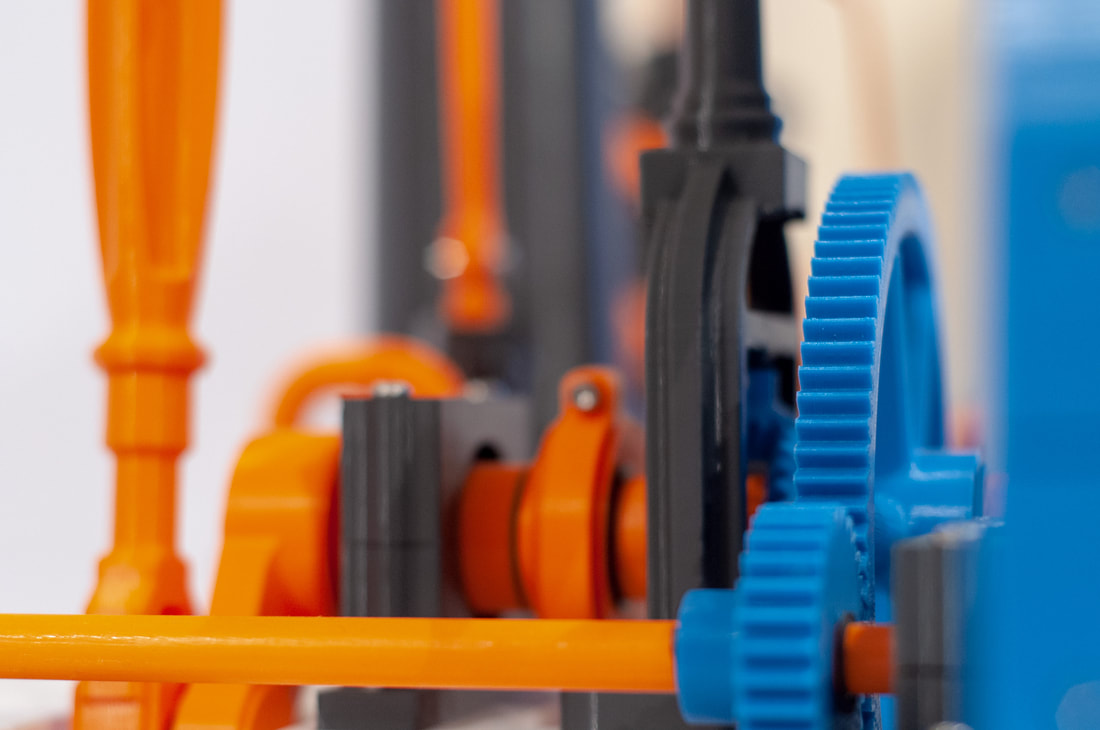
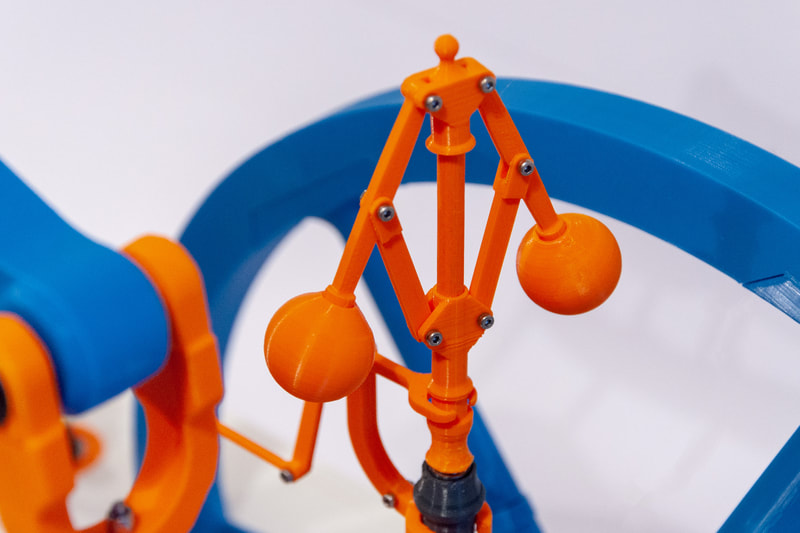
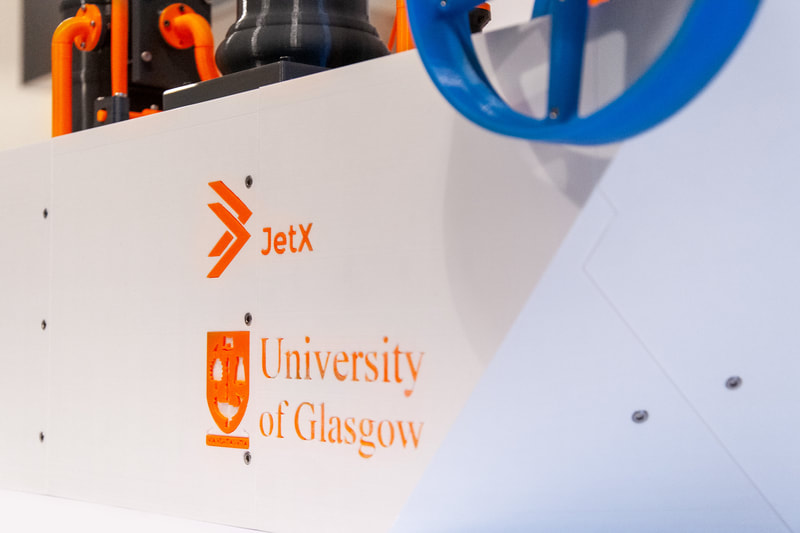
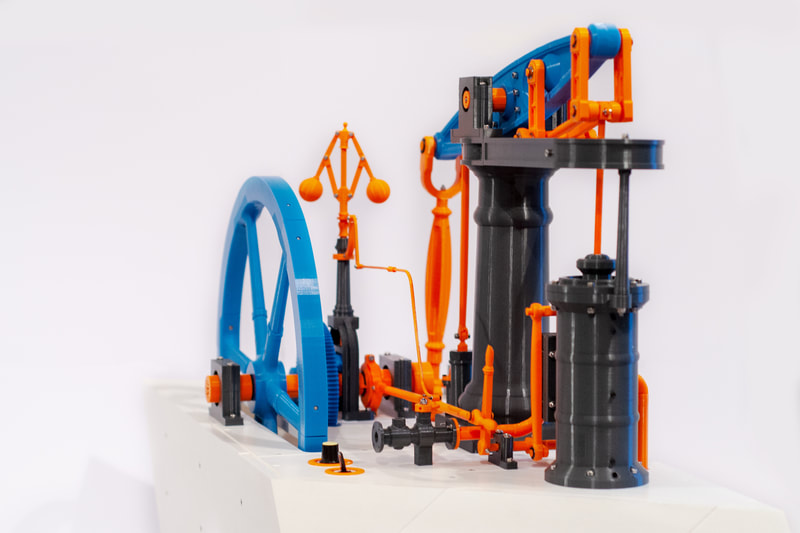
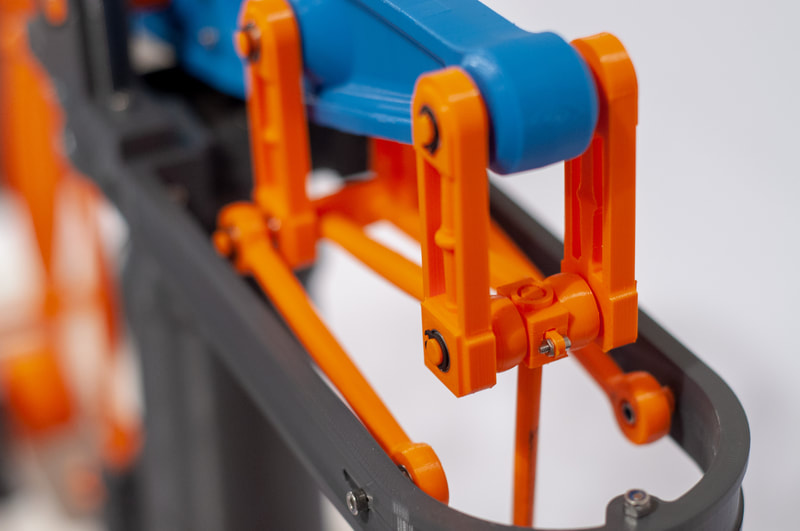
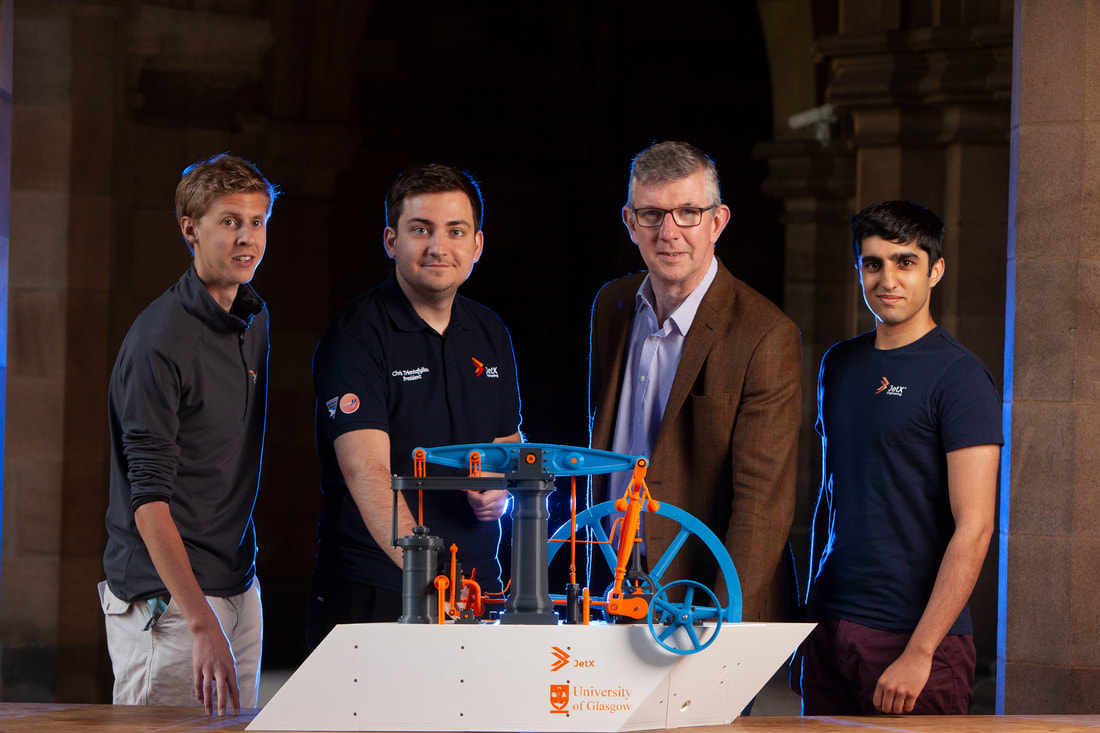
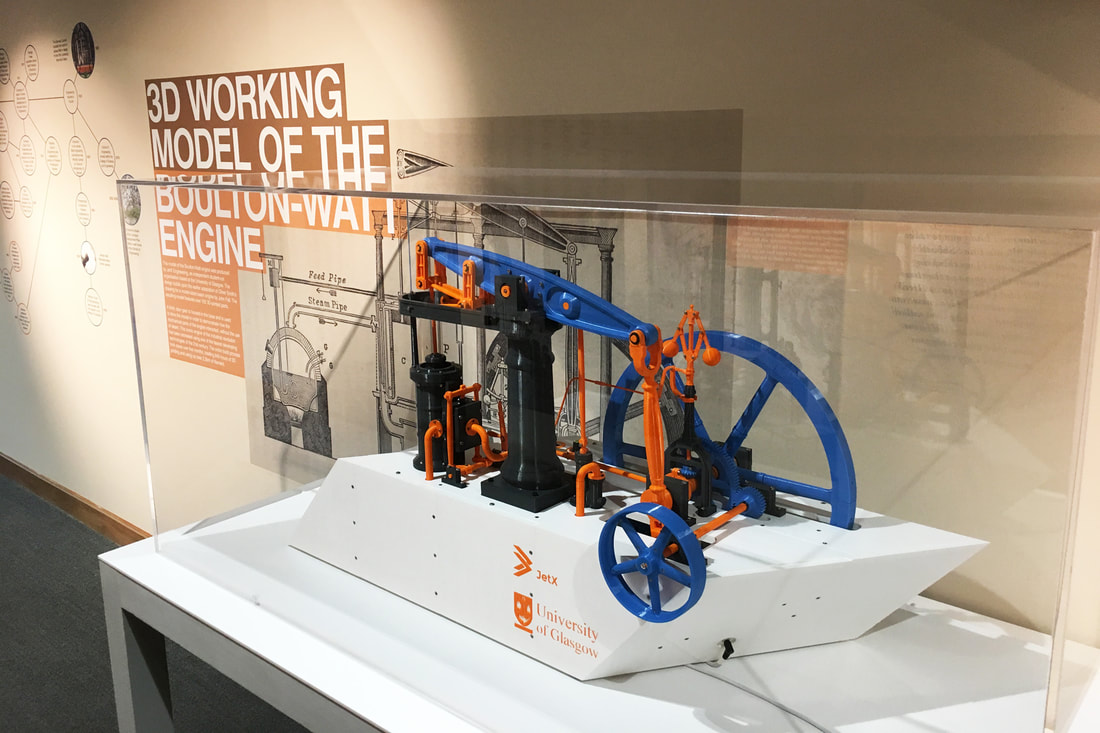
 RSS Feed
RSS Feed